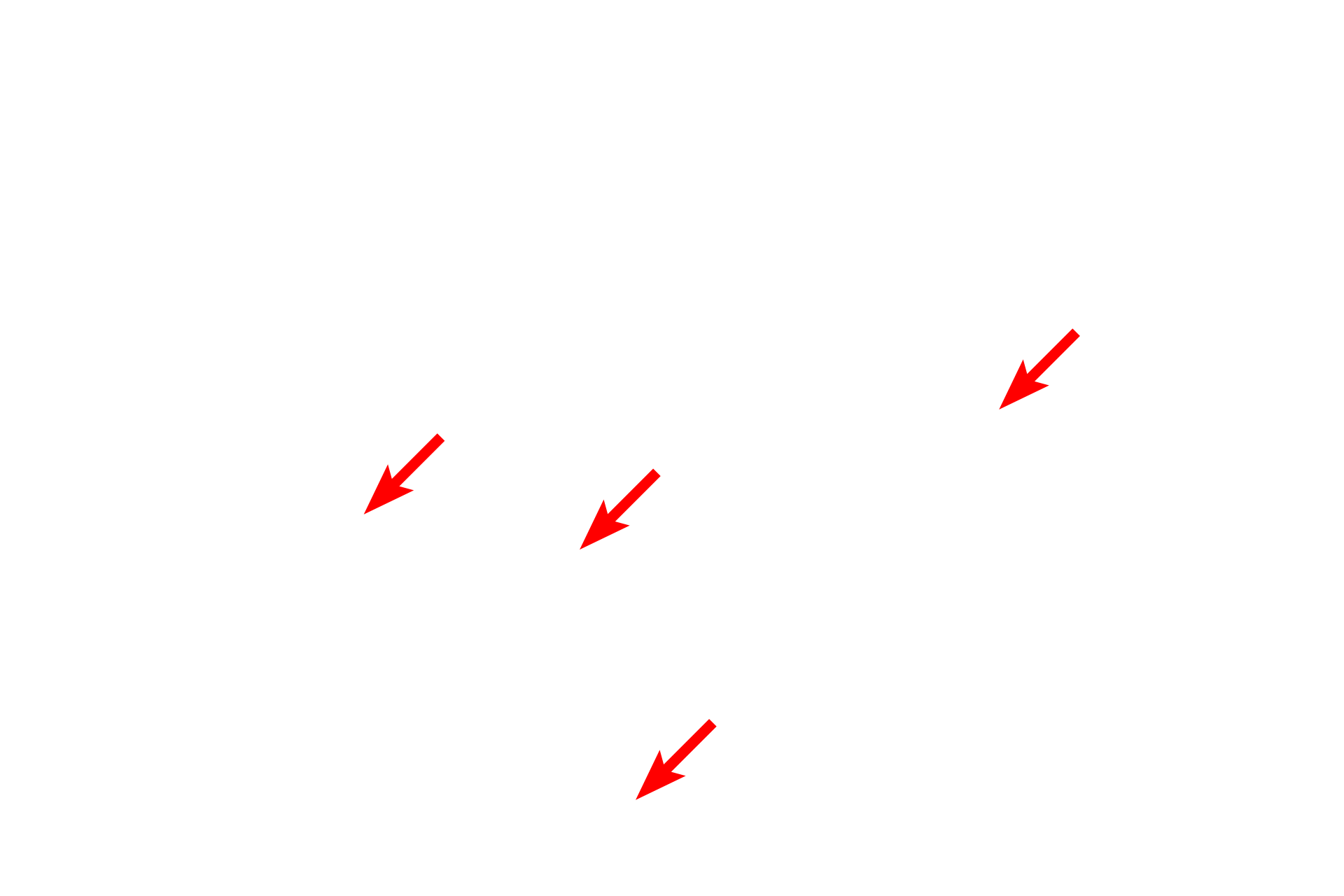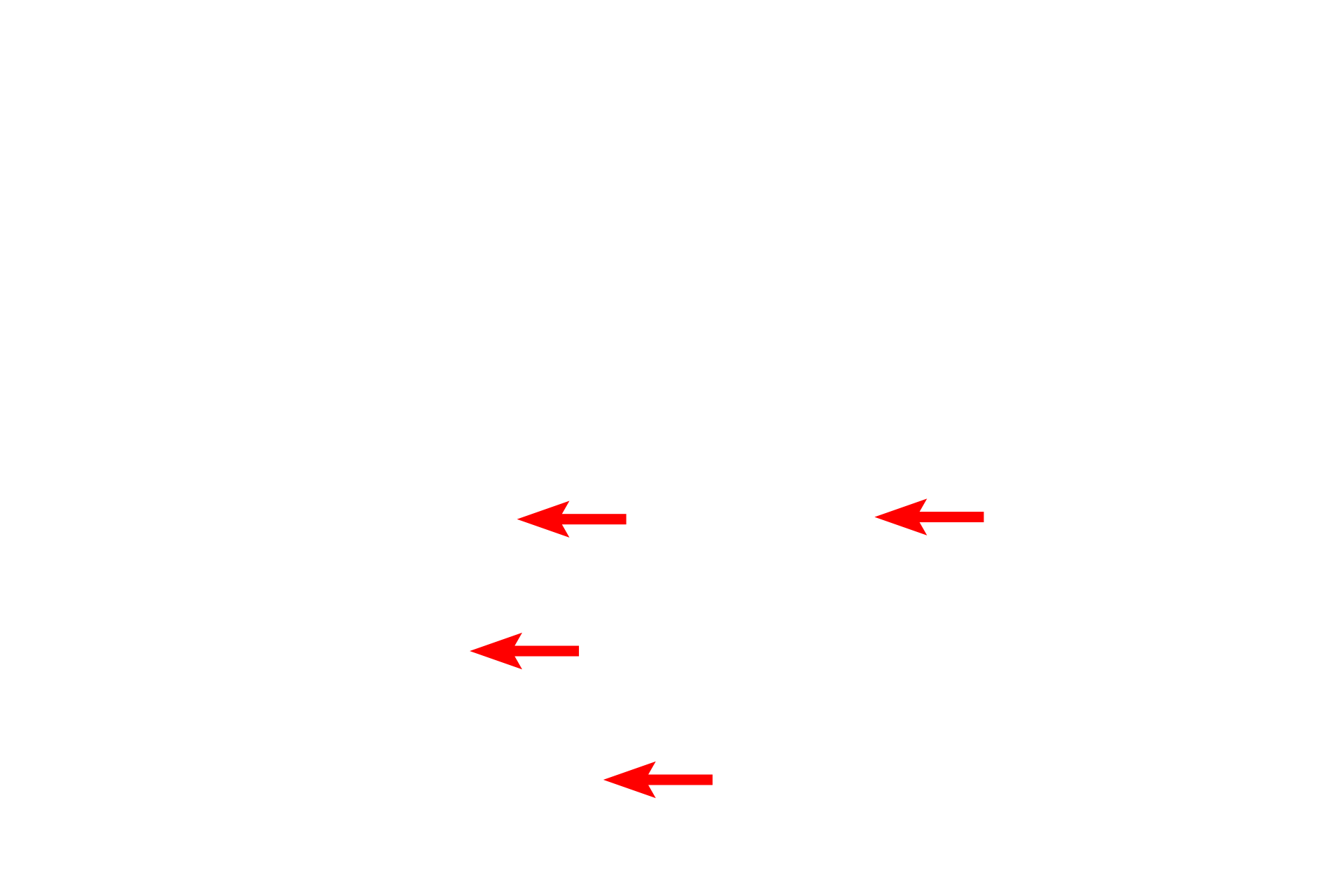
Regressing cartilage
Cartilage undergoes regressive changes in response to physiological alterations in the cartilage matrix. These regressive changes occur normally during endochondral bone formation and in aging cartilage. 400x

Hypertrophy >
Degenerating cartilage cells enlarge (hypertrophy), mature, and secrete alkaline phosphatase, which facilitates calcification of the matrix. A calcified matrix prohibits diffusion of nutrients, so chondrocytes die, leaving empty lacunae surrounded by a calcified cartilage matrix. These regressive stages occur in the aging process as well as in the epiphyseal plates of growing long bones.

Calcified cartilage matrix
Degenerating cartilage cells enlarge (hypertrophy), mature, and secrete alkaline phosphatase, which facilitates calcification of the matrix. A calcified matrix prohibits diffusion of nutrients, so chondrocytes die, leaving empty lacunae surrounded by a calcified cartilage matrix. These regressive stages occur in the aging process as well as in the epiphyseal plates of growing long bones.

Empty lacunae
Degenerating cartilage cells enlarge (hypertrophy), mature, and secrete alkaline phosphatase, which facilitates calcification of the matrix. A calcified matrix prohibits diffusion of nutrients, so chondrocytes die, leaving empty lacunae surrounded by a calcified cartilage matrix. These regressive stages occur in the aging process as well as in the epiphyseal plates of growing long bones.

Image source >
This image was taken of slide from the University of California, San Francisco slide collection.